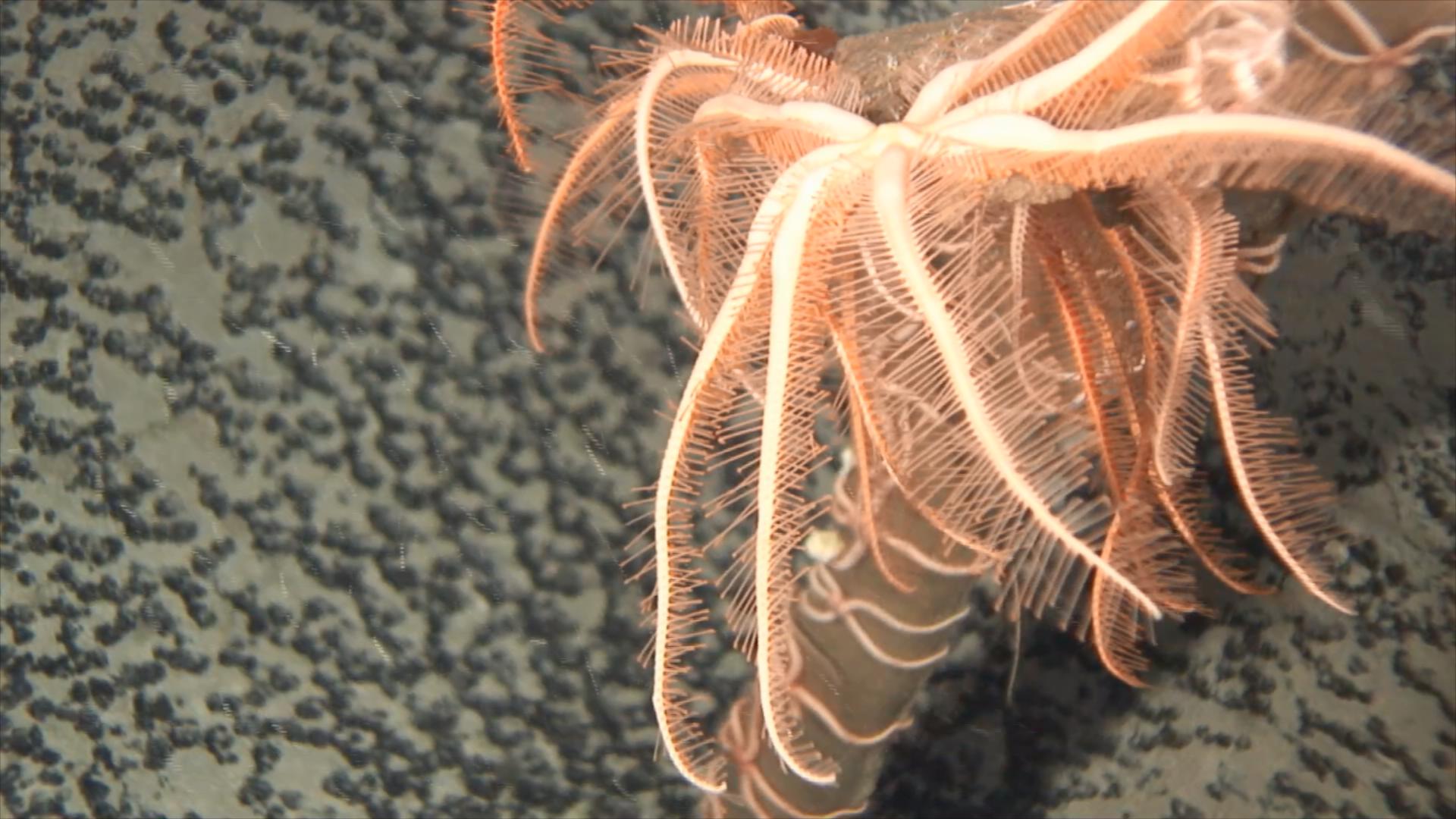News

On March 19, GMT, the world’s authoritative marine biology database “World Register of Marine Species (WoRMS)” released its 2020 list of “Top Ten New Marine Species”. The new deep-sea starfish species Astrolirus patricki (Zhang Zhou, Xiao & Wang, 2020) published by scientists team from SIO, MNR, Shanghai Jiaotong University and Institute of Oceanology, Chinese Academy of Sciences was included in 2020 list of “Top Ten New Marine Species”, which was also the first time that a marine biological species denominated and published by Chinese mainland scientists had been included in the list.
The Astrolirus patricki can be collected from seamounts of the Northwest Pacific at a depth of 1,400-2,100 meters, and belongs to Echinodermata-Asteroidea-Brisingida. Starfish are one of the categories that are most familiar by humans among the Echinodermata, and they can be seen from offshore coral reefs to trenches. However, Brisingida is a type of starfish that is only distributed in the dark and sunless deep oceans all over the world, and has never been well-known to the world.
According to the rules of Linnaean binomial nomenclature, “Astrolirus” is the genus name of this new species, while “patricki” is its species name. Zhang Ruiyan, the nomenclator of the new species, is a doctoral student jointly cultivated by SIO and Shanghai Jiaotong University. His tutor is the Researcher Wang Chunsheng from the Key Laboratory of Marine Ecosystem Dynamics, Ministry of Natural Resources. As a post-90s generation who grew up watching the cartoon “SpongeBob SquarePants”, Zhang Ruiyan explained that the reason why this starfish was named as “patricki” was because of its special living habits-living with the deep sea sponges.
In the deep sea, it is not uncommon to see mutualism and commensalism between different species. For example, large creatures such as deep sea sponges, corals, etc. will provide a better habitat for other animals. Therefore, scientists often find various mutualism animals attached on sponges. But except for a few groups that have evolved obligate mutualism relationships, most animals will appear irregularly on cliffs, rocks or other benthic organisms. These environments usually have relatively rapid currents and bring them with abundant suspended food particles.
The “WoRMS Top Ten New Marine Species” was denominated by marine scientists around the world. The top ten most distinctive and surprising new species were selected from nearly 2,000 new marine species newly discovered in 2020. Also, many amazing marine creatures were included in this year’s list, including deep-sea sponges resembling the alien E.T., copepods living in the nostrils of rays, etc. These new species are of great significance on aspects such as ecology, genetics, evolution, environmental protection, etc.



